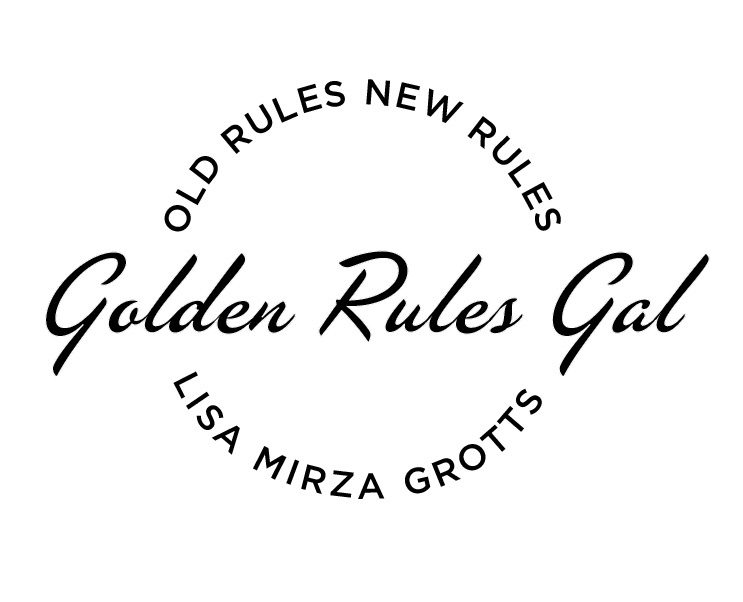A receiving line is the perfect opportunity for guests and hosts to meet one another at a large event. They are only essential for groups of fifty or more, when it’s otherwise impossible for the hosts to greet everyone individually. They range from the most formal (for a high-ranking official such as a head of state) to the less formal and most common (honoring a visiting official or in celebration of an event). The event is more formal, lasts for a prescribed time, and always has a receiving line.
Typically, every receiving line has an introducer, a host, and often a guest of honor. These are the most important persons in the line who will be meeting the invited guests if you’re at a formal event (business, state dinner, etc.).
A reception with a receiving line honors an intended individual or marks a specific occasion.
Introducer. The introducer is the catalyst, not the focal point. He/she should be a person who is good at greeting guests and who knows the names and titles of all the people on the guest list. But it is still the duty of every guest to provide his/her name to the introducer. The introducer greets each guest with a smile but not a handshake, and introduces him or her by name to the host.
Guest. It’s the guest’s duty to immediately supply his or her name, title, and company name (if applicable) to the introducer.
Host. The host now says a few words to the guest. If there is an honored guest, that person should be standing next to the host, and the host now introduces him or her to the guest he has just met.
Guest. The receiving line is no place for lengthy conversations as most likely the line will be long. The guest should simply say, “Good evening” or “How do you do?” Since names do not travel well, a good guest will always repeat his/her name when necessary, before being asked.
Guests in a receiving line should hold their drink in the left hand so the right hand is free (and not cold or wet) to shake the hand of the host.
If the line is long, a guest may leave the reception line and come back at a later time during the event.
After passing through a receiving line, it is the duty of each guest to mingle with the other guests, and if possible, say goodnight to the host.
The accepted attire for a receiving line should be stated in the invitation. In general, if the reception is before 5 p.m., attire will be informal (business suits, cocktail attire).
For evening receptions, according to the Social Usage and Protocol Handbook, attire should be formal (black tie, formal evening gowns): “One should remember that the formal dress code is a strict adherence to protocol as one would see in Washington, D.C.”
[author] [author_image timthumb=’on’]http://37.60.249.202/~expertet/wp-content/uploads/about-lisa.jpg[/author_image] [author_info]Lisa Mirza Grotts is a recognized etiquette expert, an on-air contributor, and the author of A Traveler’s Passport to Etiquette. She is a former director of protocol for the city and county of San Francisco and the founder and CEO of The AML Group (Lisagrotts.com), certified etiquette and protocol consultants. Her clients range from Stanford Hospital to Cornell University and Levi Strauss. She has been quoted by Condé Nast Traveler, InStyle magazine, the Los Angeles Times, and the New York Times. To learn more about Lisa, follow her on Twitter.com/LisaGrotts and Facebook.com/LisaGrotts
Follow Lisa Mirza Grotts on Twitter.[/author_info] [/author]
